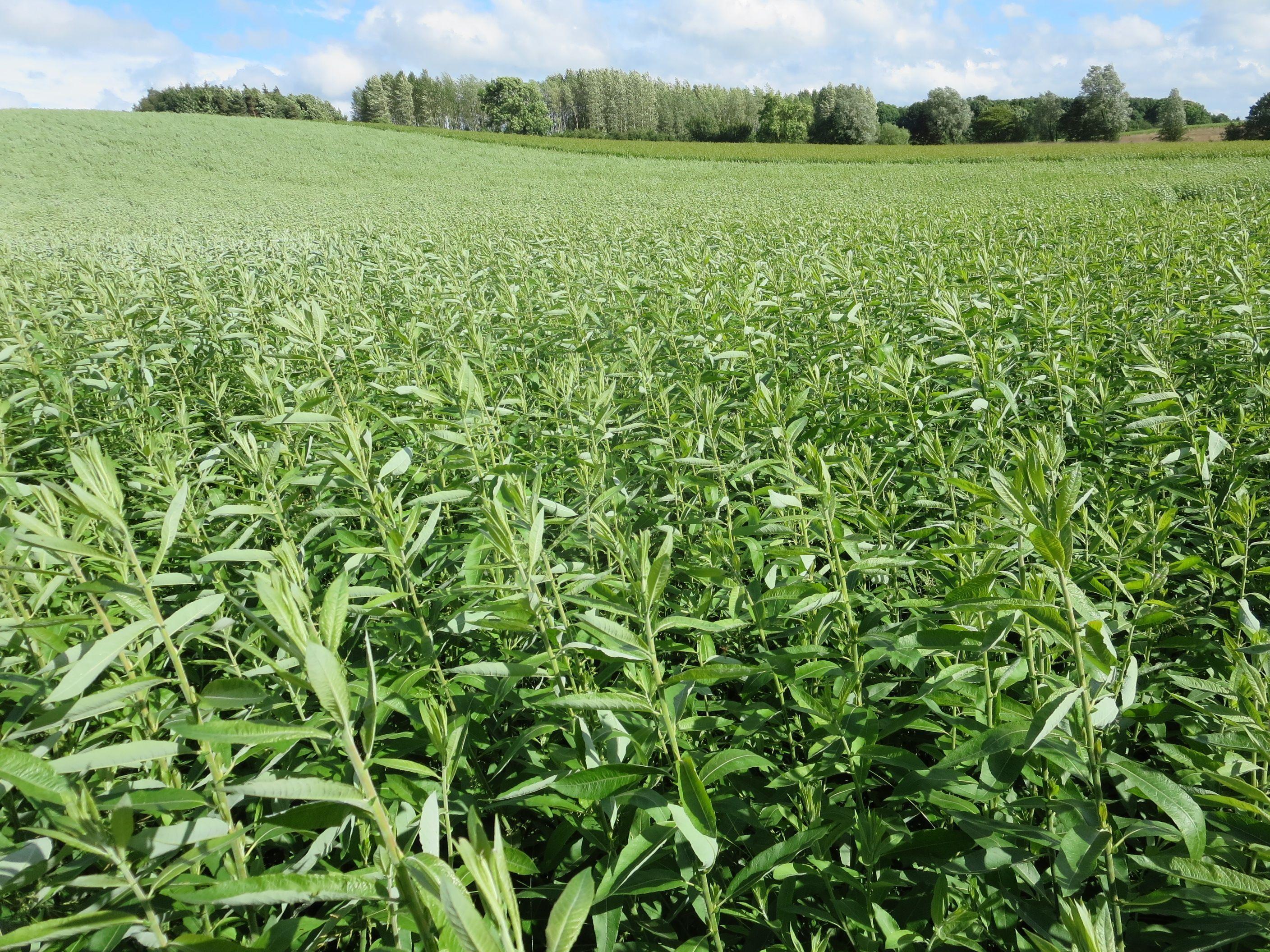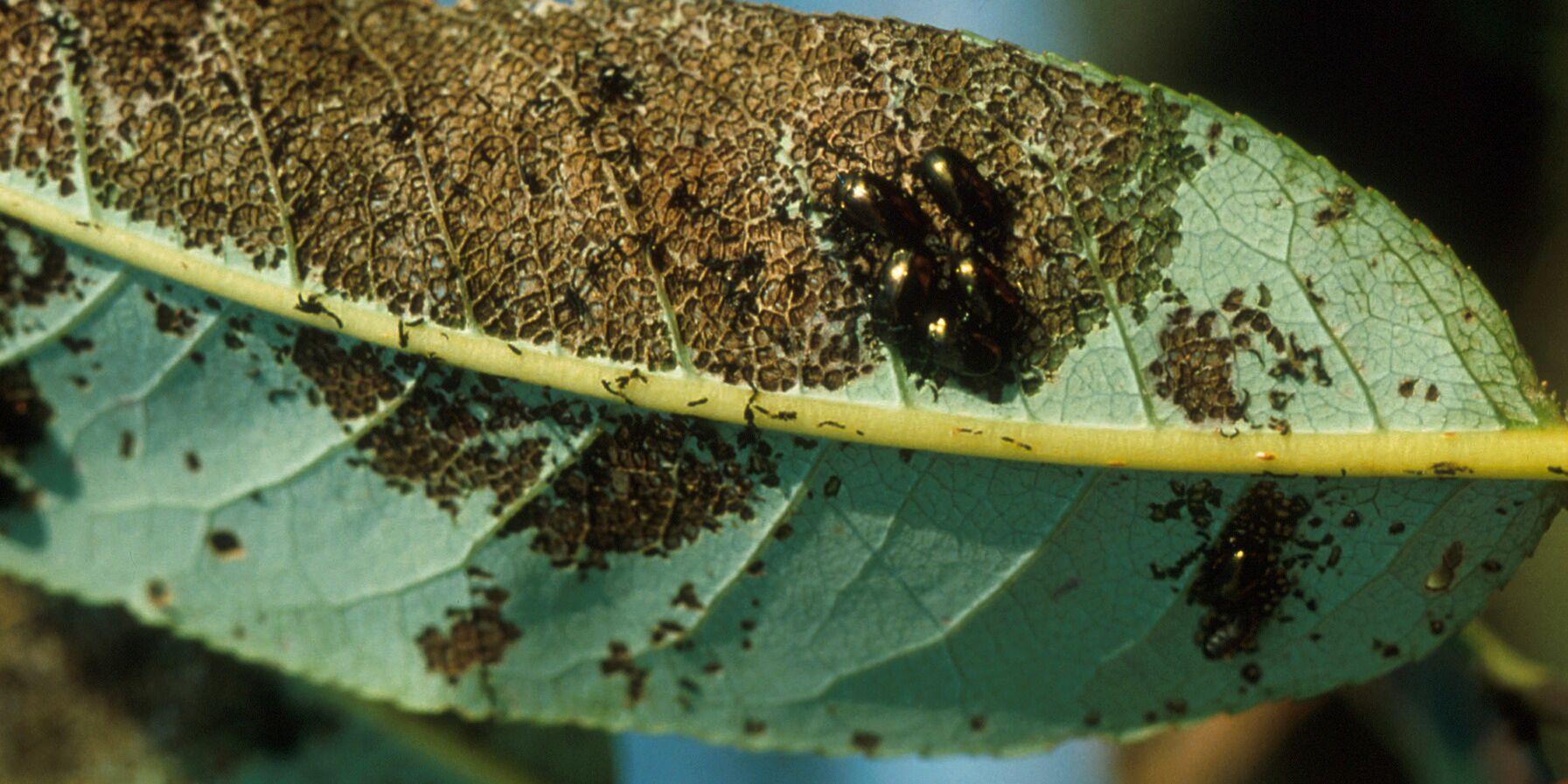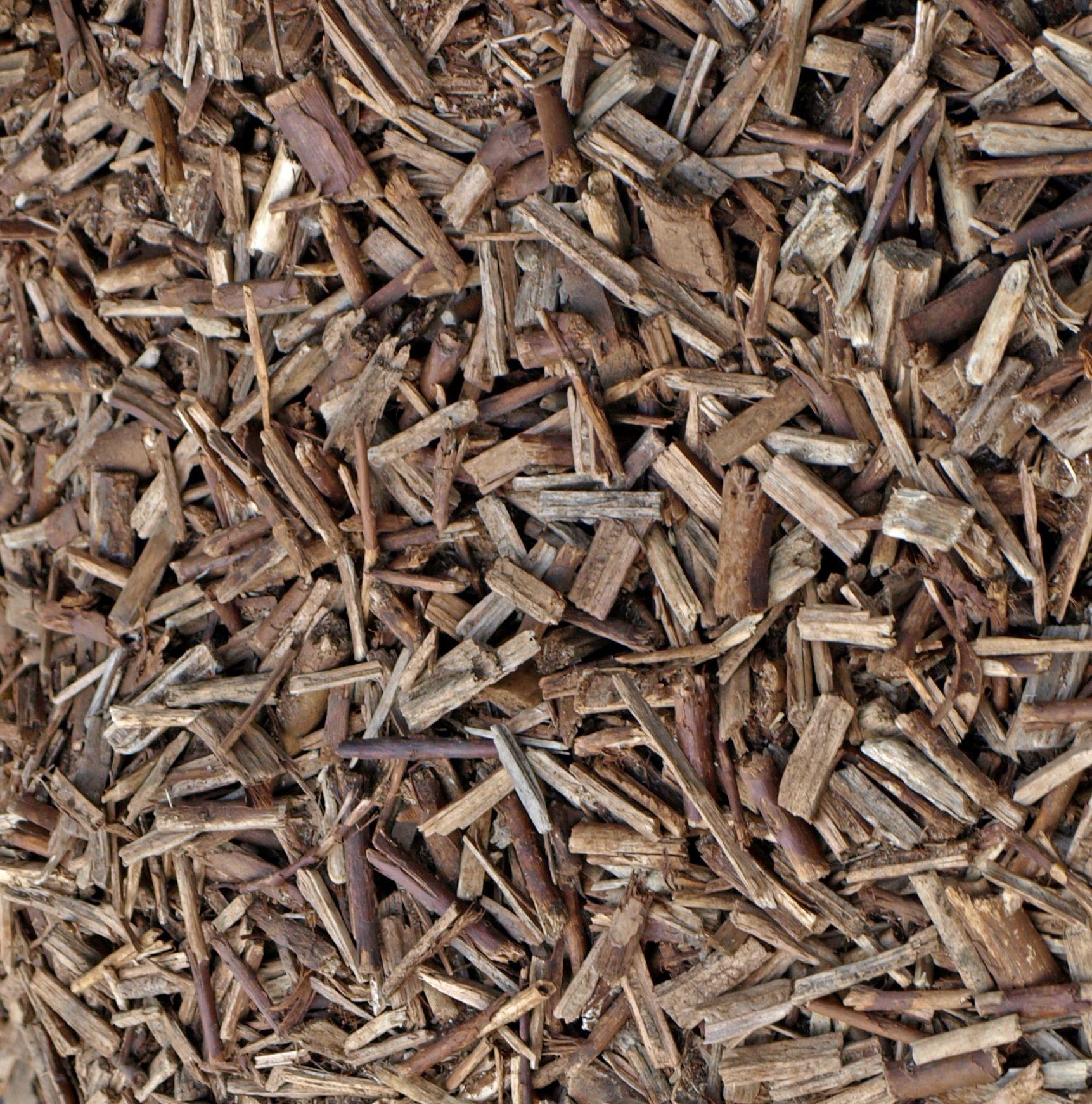SRC involves the planting of fast growing willows at very close spacings (16,600/hectare), SRC involves an intimate mixture of 6 varieties with different genetic backgrounds to reduce the risk of disease and pests. Planting should take place between March and June. Harvesting takes place every 3 years.
Strengths
- Very good habitat for insects and birds
- Some fields harvested each year therefore a patchwork effect.
- It can improve soil quality and reduce soil erosion.
- It can also help to control nutrient runoff, reduce fertiliser requirements and reduce the flow of flood waters.
Weaknesses
- SRC is harvested wet (50-55% MC)
- Harvested every 2-3 years – so poor cash flow if planted in one block.
- Planting and harvesting of SRC involves bespoke equipment and there are only a few machines and contractors currently active in the UK.
- Some varieties are more prone to beetles than others.
- Rabbits and deer can be an issue during establishment.
HeightTallest height: 7-8 metres
SRC will reach a height of 7-8 metres after each 3 year cycle.
Ideal Soil typeMedium to heavy clay-loams
- Medium to heavy clay-loams with good aeration and moisture retention are ideal.
- Most agricultural soils with pH in the range 5.5-7.5 will produce satisfactory willow growth.
- Light sandy soils, particularly in drier areas, may not hold sufficient moisture.
Persistence21 years or 7 harvests
Normal horizon is 21 years or 7 harvests. SRC can last longer than this but it is likely that some varieties in the mix will be outcompeted by this point and starting to leave gaps that might cause harvesting issues.
Crop RiskLow risk
Low risk when done properly. Biggest risks are not preparing the land to best practice standards. It is also very important to choose appropriate varieties with wide genetic base and mixing them well when planting.
Use of cropMulti-use
- Biomass fuel
- Compost and mulch
- Bioactive animal bedding
- Fodder for animals
- Pharmaceuticals
How it's plantedSpring - early summer
Usually mechanically planted using willow rods through a Step Planter. Rods are cut to 20cm cuutings which are pushed into the soil. New automated systems are being developed. Typical stocking rate is 16,600 per hectare in a twin row design that allows machinery tyres to straddle the rows.












Find out potential yield on this crop